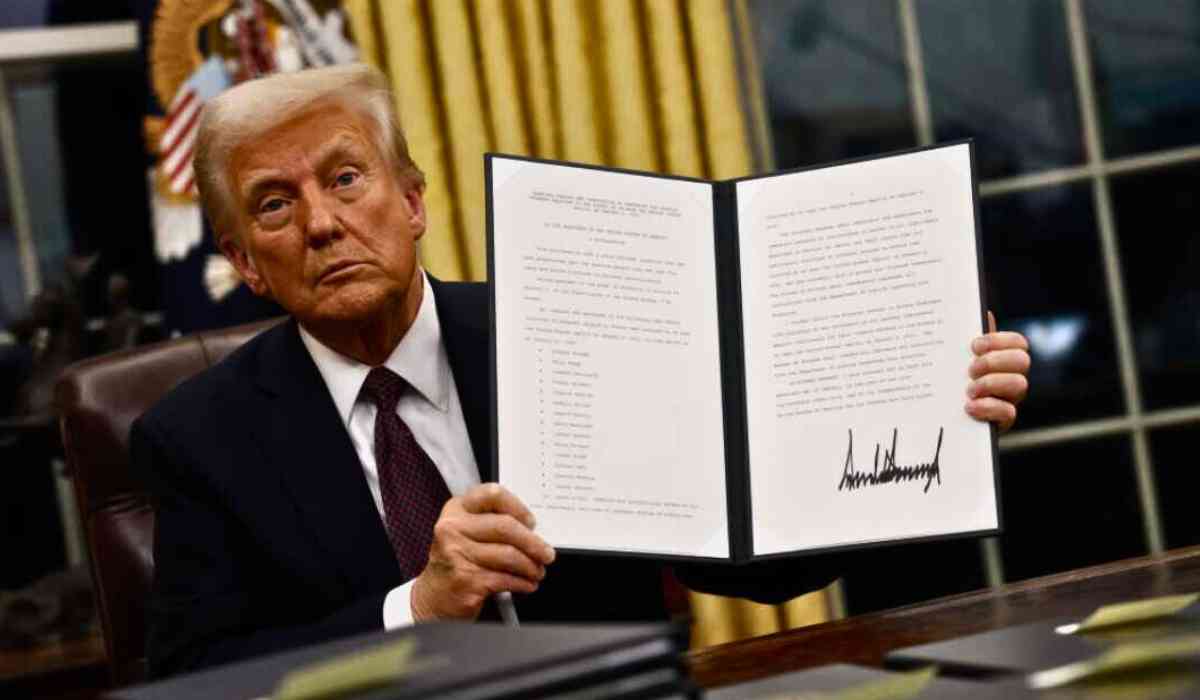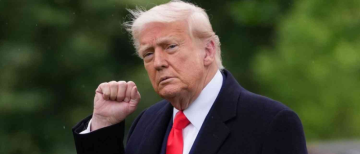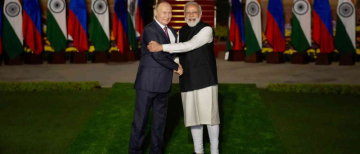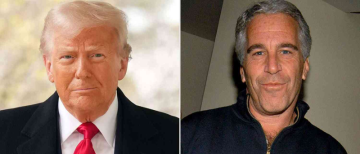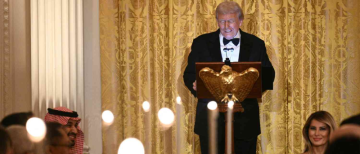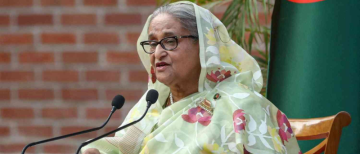President Donald Trump has recently taken a bold step to change how elections are conducted in the United States. On March 25, 2025, he signed an executive order aimed at overhauling the voting system, drawing inspiration from countries like India and Brazil. This initiative comes in response to what Trump describes as a failure to enforce essential election protections in the U.S.

The Need for Change
In his executive order, Trump emphasized that the U.S. has not adequately safeguarded its elections. He stated that "free, fair, and honest elections" are crucial for maintaining democracy and ensuring that every vote is counted accurately. The president pointed out that while the U.S. is a pioneer in self-government, it lags behind other nations in implementing effective voter identification systems.

Learning from India
One of the key aspects of Trump's plan is the incorporation of biometric voter identification systems similar to those used in India. In India, the Election Commission has been working on linking voter registration with a biometric database called Aadhaar. This system uses fingerprints and iris scans to verify voters' identities, making it more difficult for fraud to occur during elections.
Trump's order highlights that countries like India have successfully integrated advanced technology into their voting processes. He noted that these nations have established systems that help ensure only eligible citizens can vote, contrasting this with the U.S., where self-attestation is often relied upon for citizenship verification.
Key Features of Trump's Executive Order
The executive order outlines several significant changes aimed at improving election integrity:
-
Mandatory Voter Identification: Voters will be required to show proof of citizenship when they go to cast their ballots.
-
Mail-in Voting Regulations: The order mandates that all mail-in ballots must be received by Election Day to be counted. Currently, some states allow ballots postmarked by Election Day to be counted even if they arrive later.
-
Prohibition of Non-Citizen Voting: The order seeks to prevent non-citizens from participating in elections and donating money to campaigns.
-
Federal Oversight: States will be required to share their voter lists with federal agencies and prosecute election crimes more vigorously. If states fail to comply, they risk losing federal funding.
The Role of Technology
Trump's plan also calls for updating voting system guidelines to enhance election security. For instance, it proposes prohibiting the use of barcodes or QR codes in ballot counting processes. This is particularly relevant as many states currently utilize machines that print ballots with QR codes for vote counting.
The integration of biometric systems could simplify the voting process while increasing its security. By using technologies similar to those employed in India's Aadhaar program, the U.S. could potentially streamline voter verification and reduce instances of fraud.

Legal Challenges Ahead
Despite the ambitious nature of this executive order, it is likely to face legal challenges. The Constitution grants states the authority to manage their own elections, which means that any federal mandate may be contested in court. Legal experts have already indicated that there may be significant pushback from various groups who argue that this overreach undermines state rights.
Conclusion
Donald Trump's executive order represents a significant shift in how elections might be conducted in the United States. By looking at examples from countries like India and Brazil, Trump aims to strengthen voter identification processes and enhance election integrity. While the proposed changes could lead to a more secure voting system, they also raise questions about state authority and potential legal disputes.
As this plan unfolds, it will be crucial for citizens and lawmakers alike to engage in discussions about the balance between security and accessibility in the electoral process. The coming weeks will reveal how these changes will be implemented and what impact they will have on future elections in America.
With inputs from agencies
Image Source: Multiple agencies
© Copyright 2025. All Rights Reserved Powered by Vygr Media.

